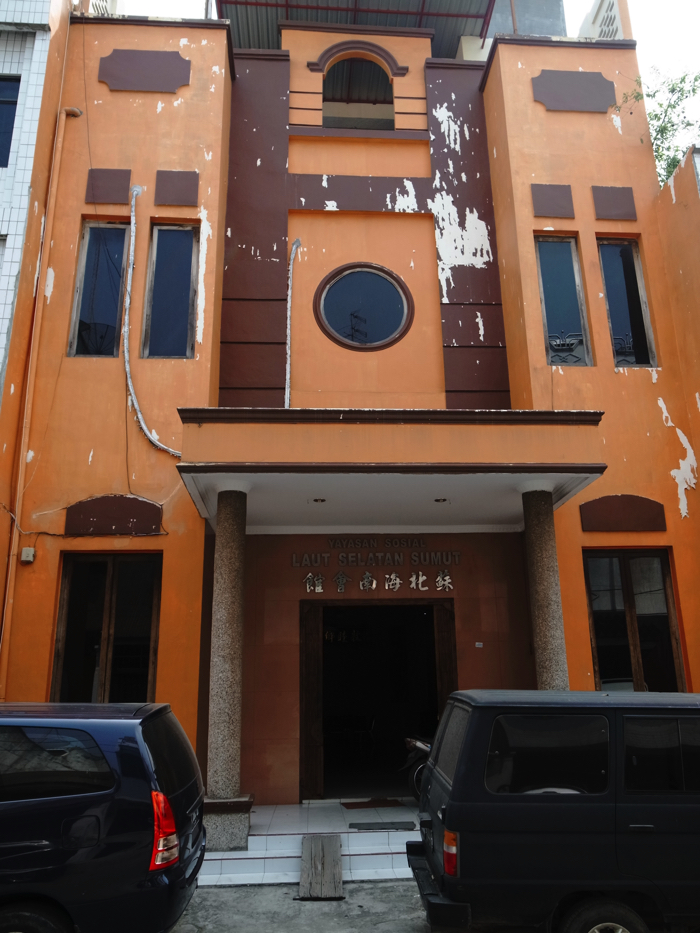- Project Leader : Yokota Sachiko (University of Shiga Prefecture, School of Human Cultures)
- Collaborators : Okamoto Masaaki (Kyoto University, Center for Southeast Asian Studies)
- : Kitamura Yumi (Kyoto University Library, Research and Development Laboratory)
- : Sakurada Ryoko (Ikuei Junior College, Department of Modern Communication)
- : Naganuma Sayaka (Shizuoka University, Faculty of Humanities and Social Science)
Outline of Research
This study aims to explore the condition of Hainanese Chinese communities and their networks in Indonesia. Hainanese Chinese are considered as one of the major sub-ethnic groups among the overseas Chinese and it is estimated that approximately 2 million of them are spread over 50 countries with a high concentration in Thailand and Indonesia. However, very little is known about this group of overseas Chinese. Therefore, it’s necessary to obtain primary data.
Description
This study aims to explore the condition of Hainanese Chinese communities and their networks in Indonesia. Hainanese Chinese are considered as one of the major sub-ethnic groups among the overseas Chinese and it is estimated that approximately 2 million of them are spread over 50 countries with a high concentration in Thailand and Indonesia. However, very little is known about this group.
In the studies on Indonesian Chinese nationality issues, uniqueness and succession of overseas Chinese culture, and national identity in association with assimilation policies have been major themes. In many cases, these studies took Java Chinese who have been deeply creolized as the main object of study, and sub-ethnicity within the Indonesian Chinese have not been thoroughly discussed except for the dominant sub-ethnic groups such as Hokkien, Cantonese, Teochiu, and Hakka.
In this study, an anthropological survey in Hainanese Chinese communities in Indonesia will be conducted in order to obtain primary data on this little known but significant group of overseas Chinese, and then explore their networks among Southeast Asia countries and in Hainan Province of China.
In addition, we will hold a workshop to exchange information with researchers on Overseas Chinese of China, Singapore, and Malaysia. Both the anthropological survey and workshop will be conducted by utilizing the CSEAS Jakarta office.
In short, we expect that this study will contribute in three ways; first by offering primary data on Hainanese Chinese in Indonesia, second by reexamining the sub ethnicity of Indonesian Chinese, and finally through the kitamre-constitution of the history of “returned Overseas Chinese that remigrated to Hainan Province from Indonesia. With these contributions, we hope to explain the history of Hainanese Chinese in Indonesia.
 Interview at Hainanese Association in Singkawang, West Kalimantan |
 Building of North Sumatra Hainanese Association in Medan |
